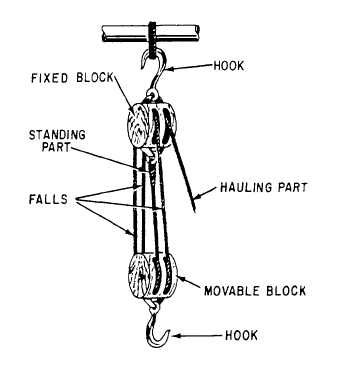
Figure 4-18. - Nomenclature of a fiber line block.
LEARNING OBJECTIVE: Upon completing this section, you should be able to identify the components and operating characteristics of block and tackle units.

Figure 4-19. - Types of tackle: simple (view A) and compound (view B).
A block (figure 4-18) consists of one or more sheaves fitted in a wood or metal frame supported by a shackle inserted in the strap of the block. A tackle (figure 4-19) is an assembly of blocks and lines used to gain a mechanical advantage in lifting and pulling.
In a tackle assembly, the line is reeved over the sheave(s) of blocks. The two types of tackle systems are simple and compound. A simple tackle system is an assembly of blocks in which a single line is used (view A of figure 4-19). A compound tackle system is an assembly of blocks in which more than one line is used (view B of figure 4-19).
TACKLE TERMS
To help avoid confusion in working with tackle, you need a working knowledge of tackle vocabulary. Figure 4-20 will help you organize the various terms.
A fall is a line, either a fiber line or a wire rope, reeved through a pair of blocks to form a tackle. The hauling part is the part of the fall leading from one of the blocks upon which the power is exerted. The standing part is the end of the fall, which is attached to one of the beckets. The movable (or running) block of a tackle is the block attached to the object to be moved. The fixed (or standing) block is the block attached to a fixed objector support. When a tackle is being used, the movable block moves, and the fixed

Figure 4-20. - Parts of a tackle.
Continue Reading